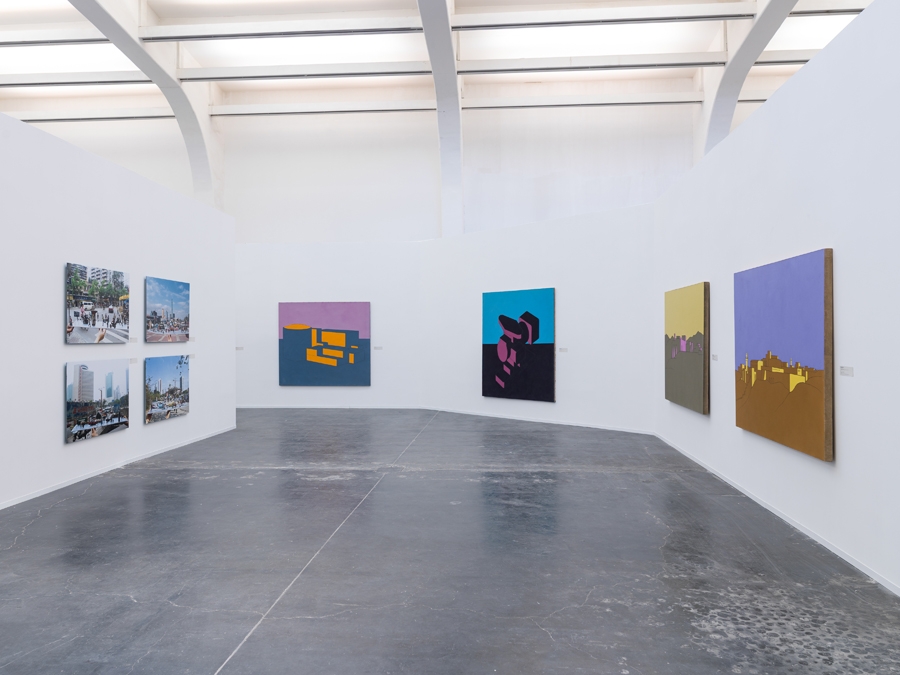The 5000 Names of the title refers to a computer file being drafted by the curator, dealer and collector Hans van Dijk at the time of his death, in 2002, and only recently rediscovered by curator Marianne Brouwer during her research for this exhibition. Van Dijk, who moved from his native country of the Netherlands and took up residence in Beijing in the early 1990s, is credited as being a pivotal figure in the local and international development of contemporary art in China. This document was designed to be some sort of magnum opus, bringing together all of van Dijk’s research on the artworld in China from the 1980s onwards.
The current exhibition in UCCA’s Grand Hall divides van Dijk’s life into periods, beginning with his birth in 1946 in Deventer in the Netherlands and his formal education at the Design Academy in Eindhoven. Van Dijk was drawn to the systematic constructive techniques of Ming dynasty furniture, eventually travelling to Nanjing in 1986 to research this subject. Arriving in the volatile artistic environment in this city seems to have been somewhat distracting for him, and his attention was soon diverted away from furniture and to the nascent contemporary art system in China.
5000 Names tells van Dijk’s story via a series of spaces that loop around the large hall, presenting documents, statements on specific subjects and events, and artworks produced at the time of his presence in China by artists with whom he came into contact. Small selections of works by Cang Xin, Chen Shaoxiong, Duan Jianyu, Gu Dexin, Hong Hao, Liu Ding, Shi Yong, Wang Shilong, Yan Lei, Zhang Hai’er, Zhao Bandi, Zhou Tiehai, Zhu Fadong, etc attest to the breadth of van Dijk’s contacts. A minor complaint would be that this arrangement of rooms creates a somewhat meandering journey, which could have been served better by a more compact presentation.
However, it is in the details that this exhibition proves its worth. The centrality of documentation to van Dijk’s own thinking and practice is in clear evidence, including displays of folders filled with snapshots, sketches and ephemera by artists; the sketched plans, flyers and catalogues of van Dijk’s exhibitions in China and abroad; personal letters to and from artists; and his writings published in Chinese and international publications. All this material effectively demonstrates the significance of van Dijk’s work in building a framework for understanding many of these then relatively unknown artists in their context.
In the late 1980s and early 90s, when the story of contemporary art in China was being framed by work for which critic Li Xianting coined the term ‘cynical realism’, van Dijk instead brought a sensibility of Western conceptual art practices to the table. It is difficult to overstate the importance of his openness to new forms of art in the Chinese context, as this openness can be said to have been instrumental in the current polymorphous contemporary art scene in China.
Although van Dijk is not an unknown figure in the contemporary art world in China, it is entirely appropriate to widen appreciation of his influence on a whole generation of Chinese artists by means of this impressive exhibition.
This article was first published in the Autumn & Winter 2014 issue of ArtReview Asia.
